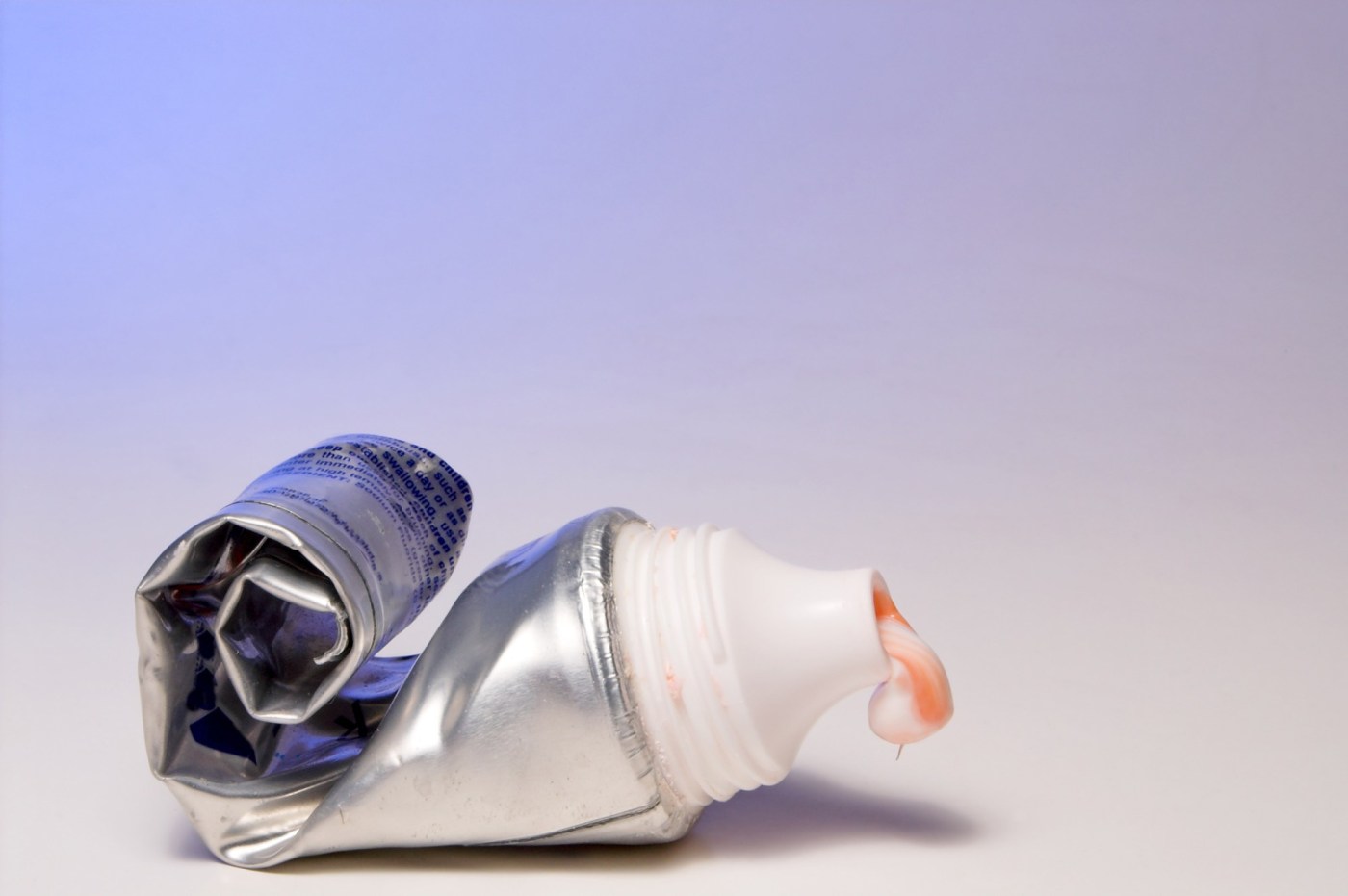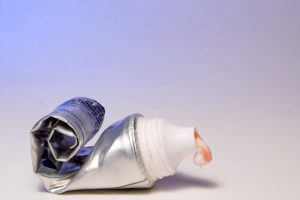
Can toothpaste tubes be recycled across the US? It’s getting closer
Toothpaste tubes and other squeezable plastic containers are getting closer to being more sustainable in the U.S. Some 90% of toothpaste tubes on the market are now made in a way that makes them compatible for recycling with HDPE, the same plastic used for products like shampoo bottles, according to research firm Stina Inc.
Overall, 75% of all the plastic squeeze tubes in the U.S. — also used for personal-care products such as conditioner and lotion — now have the correct design. The technical milestone makes it more likely that the tubes U.S. consumers recycle will actually get reclaimed.
That’s rarely a sure thing. In the country’s fragmented system, companies making recyclable products often have to persuade local governments and private companies to accept the items, sort them and turn them into something new. In 2022, Bloomberg Green reported that many sorting centers weren’t accepting toothpaste tubes, in part because the traditional and recyclable versions were too similar. The old version could cause contamination, so it was easier to reject toothpaste tubes across the board.
Colgate, which was among the leaders in developing a recyclable tube made from plastic instead of materials that are more difficult to reclaim, shared its design with competitors starting around 2018. In 2020, the Association of Plastic Recyclers issued guidance to help companies design tubes that are compatible with the HDPE stream.
Since then, companies representing 90% of the U.S. toothpaste market have made the switch — ahead of a commitment to do so by 2025, according to Stina, which runs a tube recyclability project that is funded in part by Colgate. Colgate declined to comment.
Stacey Luddy, a principal at Stina, calls the design switch a “critical milestone.” The organization is working with the companies that turn plastics into feedstocks for new products, as well as those that sort plastics, to confirm that they accept tubes. If they do, municipalities will be more likely to collect them. Consumers should still check if their local recycling programs accept tubes, Luddy says.
There’s still a ways to go. Across the U.S., just 27% of HDPE bottles are collected for recycling, according to 2022 figures compiled by the Association of Plastic Recyclers. But making toothpaste tubes compatible with an existing recycling stream is an important step.
“HDPE bottle recyclers — those turning recyclable bottles into material that can be used in new products — need more HDPE milk jugs, detergent and other bottles put in your recycling bins, so they have the supply they need for current demand,” Luddy says.
Sander Defruyt, lead of the plastics initiative at the Ellen MacArthur Foundation, says he appreciates Colgate’s effort to develop a recyclable toothpaste tube and share the design with competitors. But it also highlights the uphill battle for the US’s overall recycling infrastructure, including collection, sorting and reclaiming.
“It does show that making recycling work is a huge effort and all these pieces need to be in place,” Defruyt says. “We need to see much bigger efforts on other solutions, such as scaling reuse.”
___
©2024 Bloomberg L.P. Visit bloomberg.com. Distributed by Tribune Content Agency, LLC.


